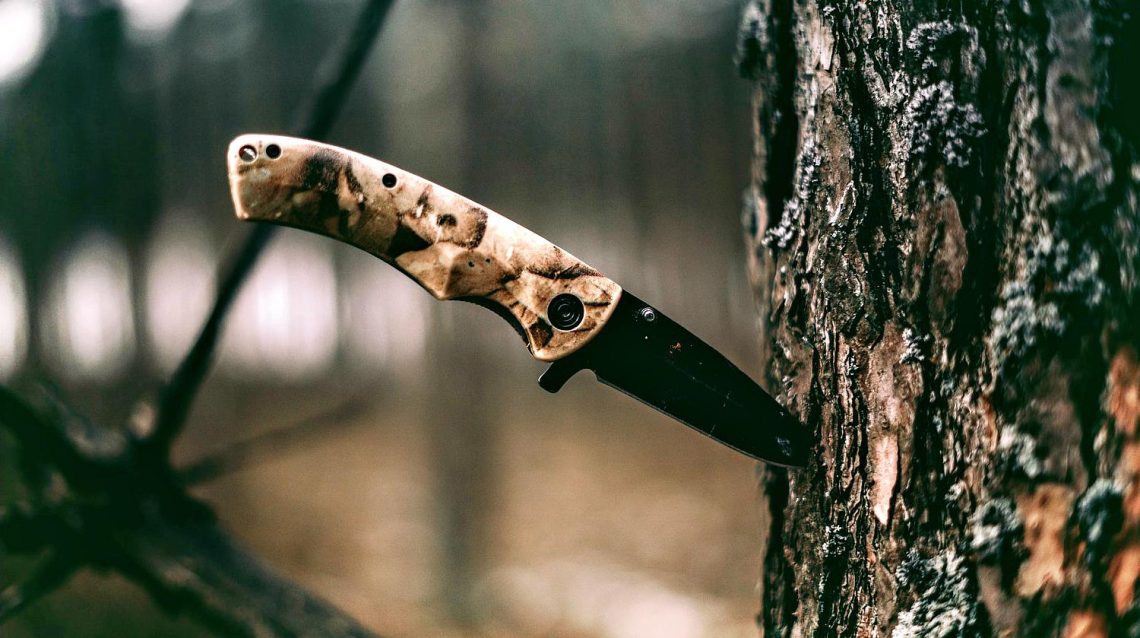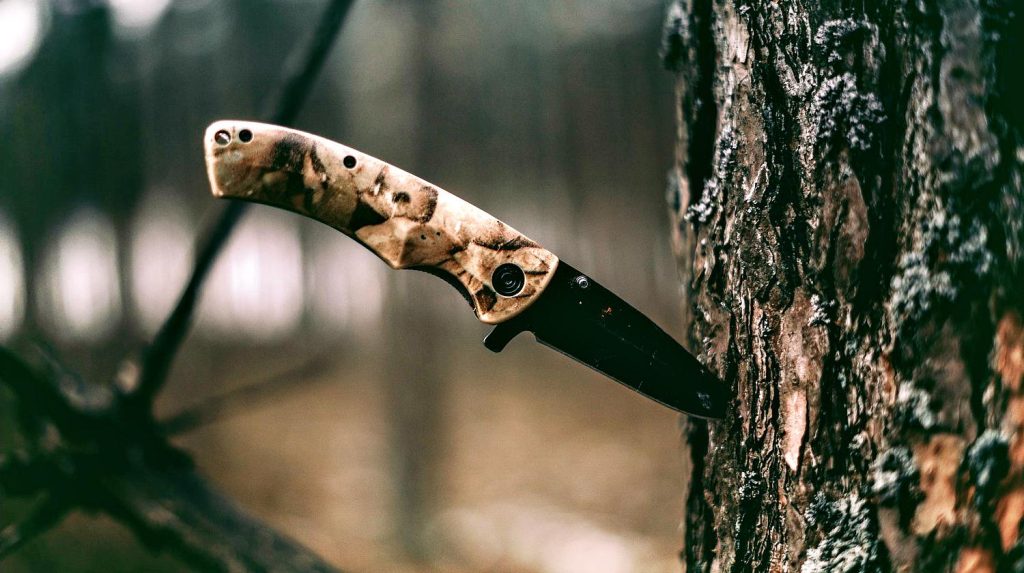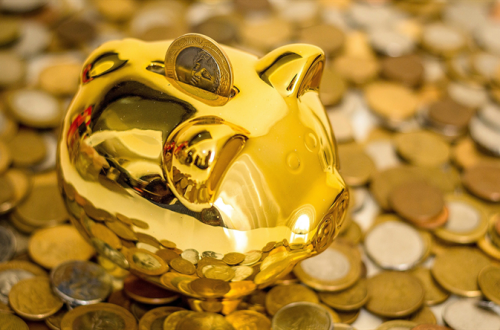What is Survival & Prepping? How to Get Started?
Beginner’s Guide to Survival and Prepping
by Luke Murray | Contributing Writer | Eternal Affairs Media
Are you interested in the survival and prepping lifestyle but don’t know where to start? If so, you’re in the right place! In this article, Eternal Affairs Media covers some of the basics. By the end, you should have a good understanding of what survival and prepping are all about and how to get started with your own journey.
What is Survival & Prepping?
In short, survival and prepping are all about being prepared for anything life throws your way — whether that’s a natural disaster, an economic collapse, or a power outage. It’s about having the skills and supplies necessary to weather any storm.
Why Should I Start Survival & Prepping?
There are many reasons to learn about survival and prepping. For one, it can give you peace of mind knowing that you and your loved ones are prepared for a range of circumstances. It can also provide you with much-needed security and self-reliance in an increasingly uncertain world. Plus, it’s simply a lot of fun! There’s nothing quite like the feeling of knowing that you’re fully prepared and you’ll learn exciting things along the way.
How Do I Start Survival and Prepping?
Now that we’ve covered some of the basics, let’s talk about how you can get started with survival and prepping. The first step is to educate yourself on the topic. This can be done by reading books, blogs, and articles and watching videos from experts in the field.
Once you have a good understanding of what survival and prepping are all about, evaluate your fitness level and start building your own supplies and learning the necessary skills. We recommend starting small and gradually adding to your supplies and skillset as you go. This will allow you to ease into the lifestyle without feeling overwhelmed.
Let’s take a deeper look into improving your physical health and stocking up on supplies:
Bolster Your Fitness Levels
Many people underestimate the importance of fitness and physical health in survival and prepping. But having a strong and healthy body is key to handling any situation. After all, if you’re not in good shape, you won’t be able to do much in a disaster situation. Not to mention, being physically fit will make everyday life easier and more enjoyable.
There are many ways to improve your fitness level, but we recommend starting with a basic workout routine that includes cardio, strength training, and flexibility. If you’re unsure where to start, check out some beginner-friendly workout programs online or invest in a personal trainer.
Investing in a fitness tracker can also benefit your physical health. A fitness tracker will help you monitor your progress and achieve the recommended 10,000 steps a day (even if you’re working at an office all day!).
Other ways to improve your fitness level include:
- Joining a gym or fitness class
- Taking walks or hikes outdoors
- Running or biking regularly
- Eating healthy foods and avoiding processed foods
- Avoiding cigarettes and excessive alcohol consumption
Stockpile Supplies
Another important aspect of survival and prepping is having a stockpile of supplies. This includes non-perishable food, water, first-aid supplies, clothes, and more. We recommend storing enough supplies to last you and your family for at least three months.
When it comes to food, focus on stocking up on non-perishable items that have a long shelf life. This includes canned goods, dry goods such as rice and pasta, and proteins such as peanut butter and beans. It’s also a good idea to invest in a water filter and water storage tanks so you can access clean water in an emergency.
As for first-aid supplies, be sure to have a well-stocked kit that includes bandages, disinfectant, pain relief medication, and more. You’ll also want to take a first-aid course, so you know how to properly use the supplies in your kit.
Conclusion
We hope this article has helped to wet your appetite for all things survival and prepping! Remember, the most important thing is to take things slow at first and gradually build up your supplies and skillset over time. Have fun with it, and enjoy the process!












